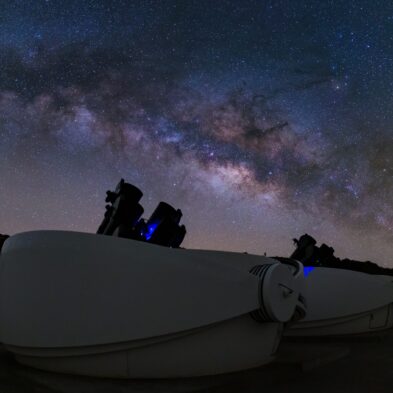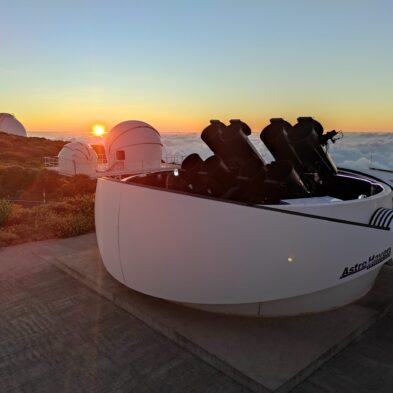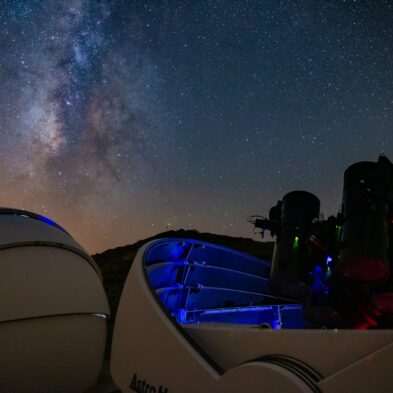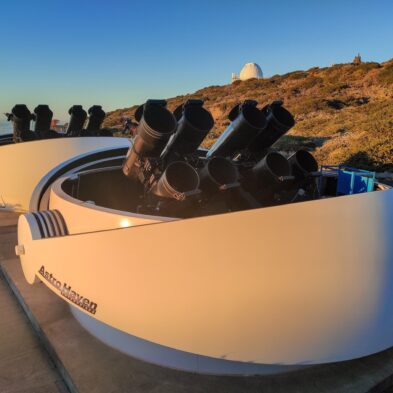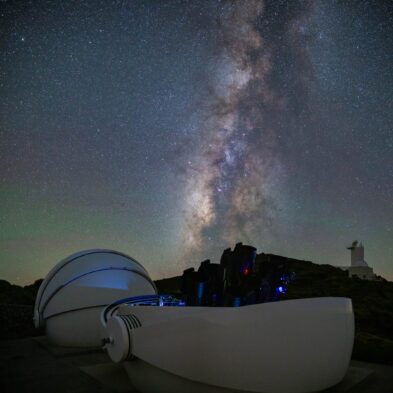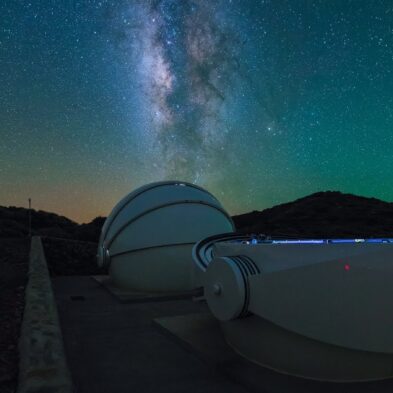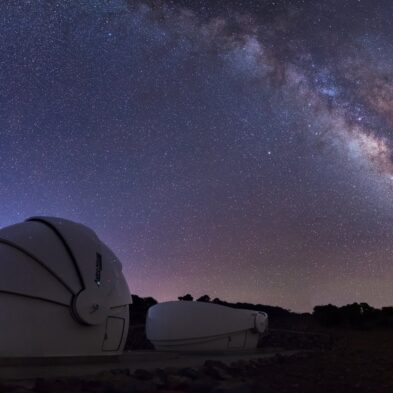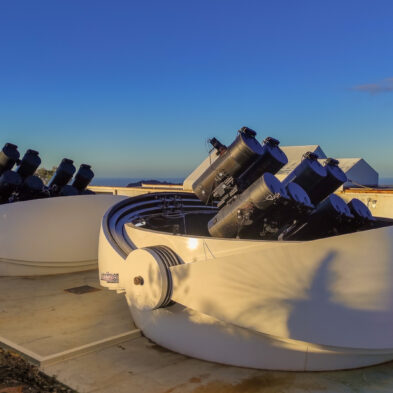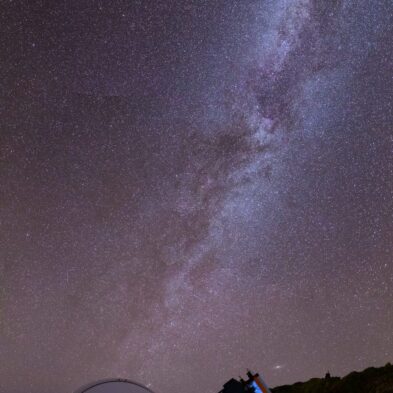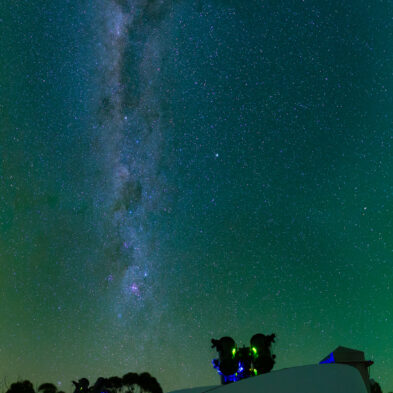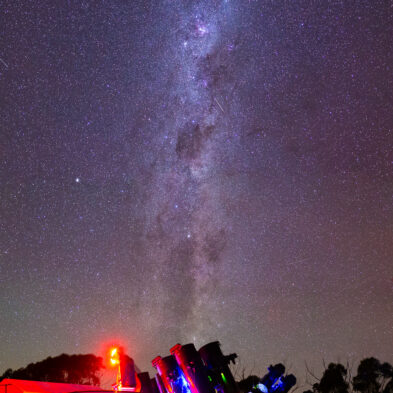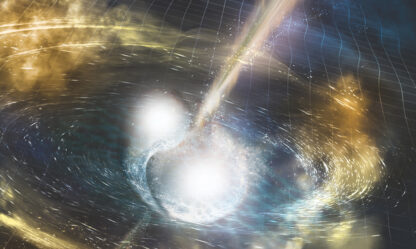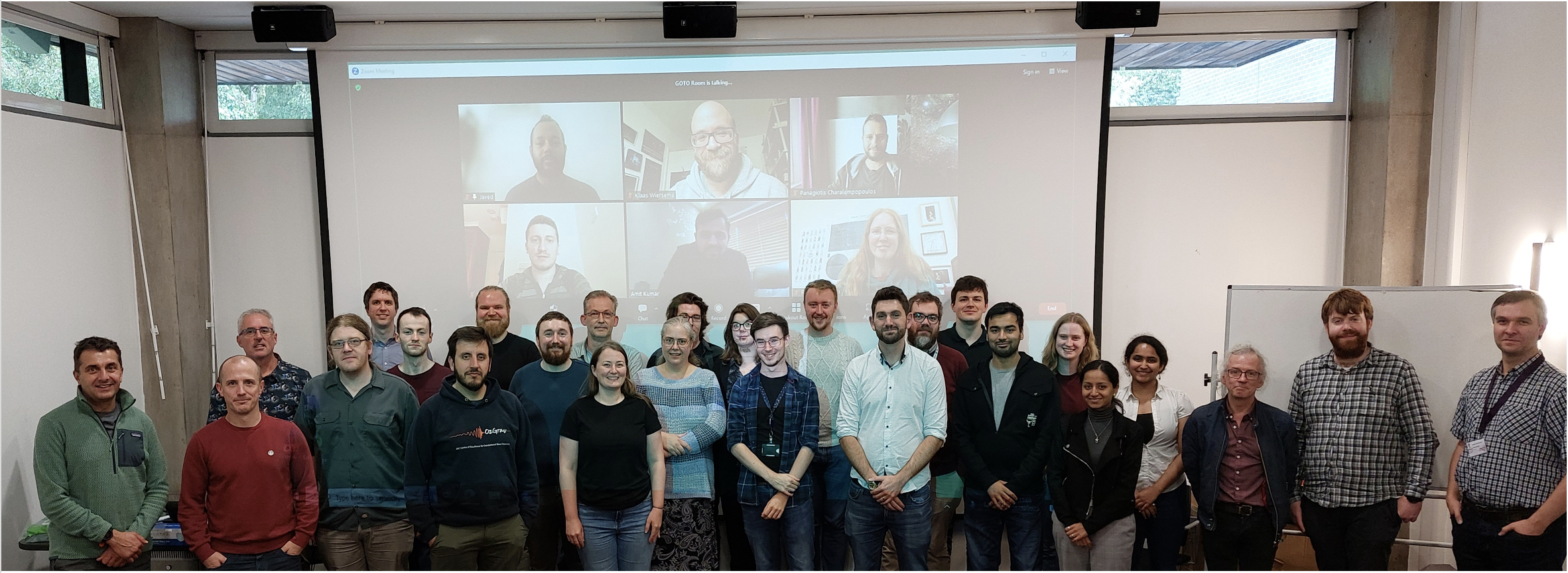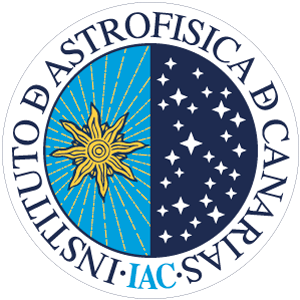In 2016, the first direct detection of gravitational waves was announced by the Adv-LIGO experiment, produced by a merger pair of black holes. That significant discovery provided strong motivation to search for and identify optical counterparts. Several projects have been focusing on this opportunity. When the first binary neutron star merger was detected in 2017, an intense targeted search program was pursued by several collaborations, exploiting the fact that only a small sample of galaxies were consistent with its location and distance.
Neutron star mergers are expected to produce electromagnetic emission and indeed a bright associated transient was discovered across the EM spectrum. It confirmed that this kind of multi-messenger astronomy is possible and also showed that the optical/UV band is well suited for very early searches, as it peaked within one day and started to fade after a couple of days.


